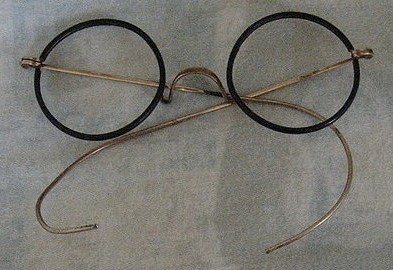Hey, Four-Eyes: Go Outside!

Nearsightedness has become ever more common in rich nations, most dramatically in Asia–80 percent of young adults in Taiwan and Singapore are myopic, where a couple of generations ago only 25 percent were. For a long time it was assumed this was related to reading, from both paper sources and computer monitors.
Not so, says this piece in New Scientist. It’s not what kids do that matters, it’s where they do it. The best preventative of near-sightedness in kids, apparently, is simply spending time outdoors. Doesn’t matter if they’re playing sports; doesn’t matter if they’re reading. Just being outside is the key, according to recent epidemiological studies.
For example, a study by Seang-Mei Saw of the National University of Singapore and Kathryn Rose of the University of Sydney found that children in Sydney each spent an average of almost 14 hours outside each week. Their Singapore counterparts spent only 3 hours per week outdoors. Of the Australians, only 3 percent became nearsighted; for the indoor-bound Singaporese, myopia was ten times more common: fully 30 percent developed it. These results are consistent with the fact that near-sightedness is more common in urban areas than in rural throughout the world, and also with the fact that near-sightedness is less frequent among poor people than the middle-class. If this theory is correct, though, shouldn’t it also be the case that people who live in harsh climates should have higher rates than those who live in places where the outdoors are welcoming 12 months a year? Does anyone know if this is the case? If so, please comment.
Or maybe you’d be better off going outside to play.
8NHD3MYNSAQQ





